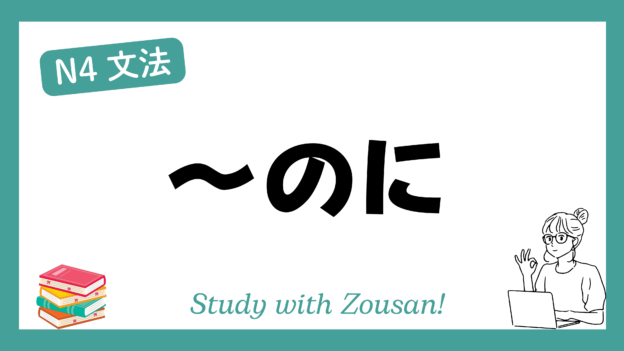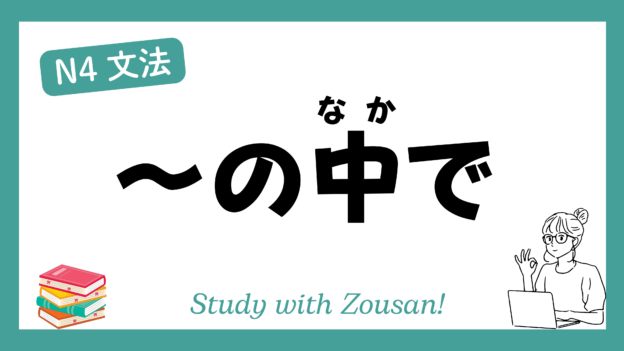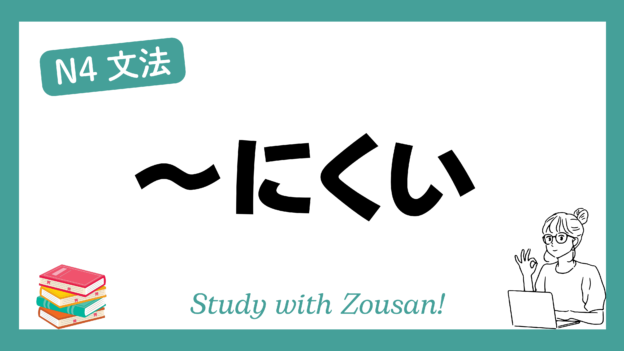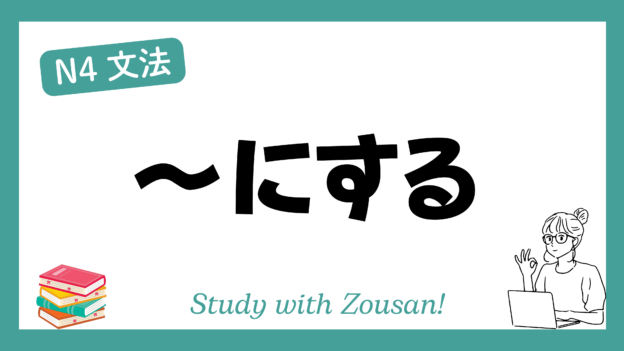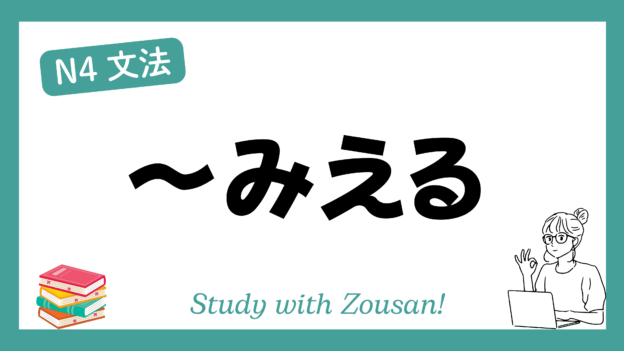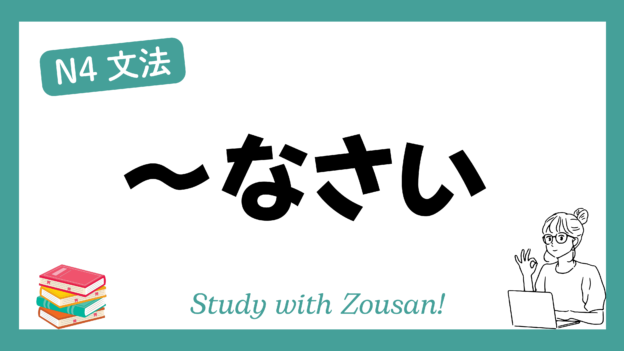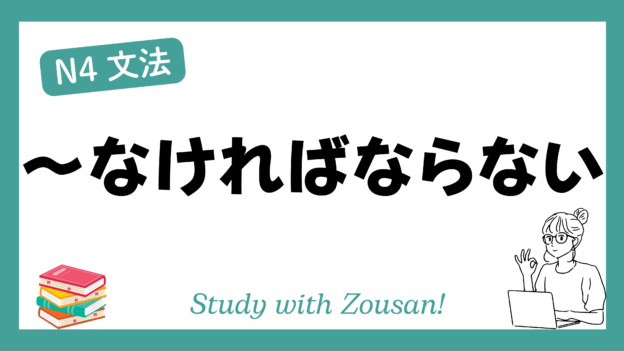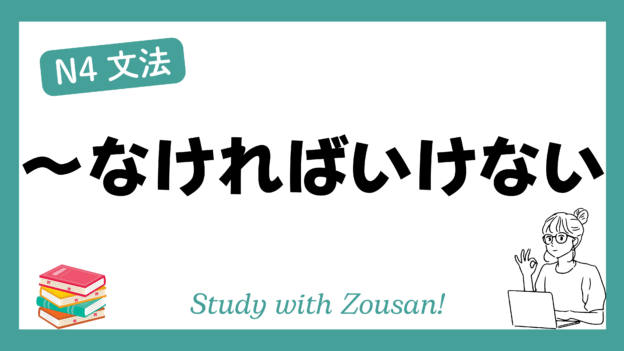Meaning:
Meaning 1: “Although…” / “Even though…”
~のに is used to express a contrast or contradiction between two clauses, with a meaning of “although” or “even though.” This structure is commonly used when the result in the second clause is unexpected or opposite to what one might normally expect.
※Note:
・~のに conveys contrast and can be used with verbs, adjectives, and nouns.
・It is often associated with feelings of disappointment, surprise, or dissatisfaction on the part of the speaker.
・This structure is stronger than けど or が and emphasizes the unexpectedness or contradiction.
Meaning 2: “In order to…” / “For the purpose of…”
~のに is also used to express the purpose or reason for an action, with a meaning of “in order to” or “for.” This structure is commonly found in sentences that specify the goal of an action mentioned.
※Note:
・When used to express purpose, ~のに often follows nouns or verbs, conveying the idea of “for performing an action or achieving a goal.”
・This structure is especially useful in describing the purpose or function of a tool or method.
Structure:
| Verb (casual form) | + のに:Although…” / “Even though… |
| Noun + な | |
| な-adjective + な | |
| い-adjective |
| Verb (dictionary form) | + のに:“In order to…” |
Example:
“Although…” / “Even though…”:
-
-
-
🌟 雨が降っているのに、彼は傘を持っていません。
(あめ が ふっている のに、かれ は かさ を もっていません)
Even though it’s raining, he doesn’t have an umbrella. -
🌟 彼女は勉強したのに、試験に落ちた。
(かのじょ は べんきょう した のに、しけん に おちた)
Although she studied, she failed the exam. -
🌟 一生懸命働いたのに、お金が足りません。
(いっしょうけんめい はたらいた のに、おかね が たりません)
Even though I worked hard, I still don’t have enough money. -
🌟 この料理はおいしいのに、誰も食べてくれません。
(この りょうり は おいしい のに、だれ も たべてくれません)
Although this dish is delicious, no one eats it. -
🌟 時間があったのに、彼は準備をしなかった。
(じかん が あった のに、かれ は じゅんび を しなかった)
Even though he had time, he didn’t prepare.
-
-
“In order to…” / “For the purpose of…”:
-
-
-
🌟 このハサミは紙を切るのに使います。
(この ハサミ は かみ を きる のに つかいます)
These scissors are used to cut paper. -
🌟 勉強するのに、静かな場所が必要です。
(べんきょう する のに、しずかな ばしょ が ひつよう です)
A quiet place is necessary for studying. -
🌟 健康のために、運動するのに時間を取っています。
(けんこう の ため に、うんどう する のに じかん を とって います)
I’m making time to exercise for my health. -
🌟 日本語を学ぶのに、この本はとても役立ちます。
(にほんご を まなぶ のに、この ほん は とても やくだちます)
This book is very helpful for learning Japanese. -
🌟 旅行するのにお金がかかります。
(りょこう する のに おかね が かかります)
It costs money to travel.
-
-


